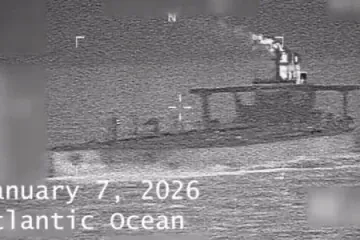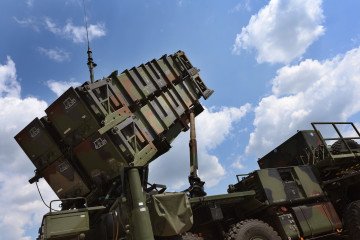- Category
- Latest news
Will Soviet-Era Artillery and North Korean Ammo Keep Russia’s War Machine Alive?
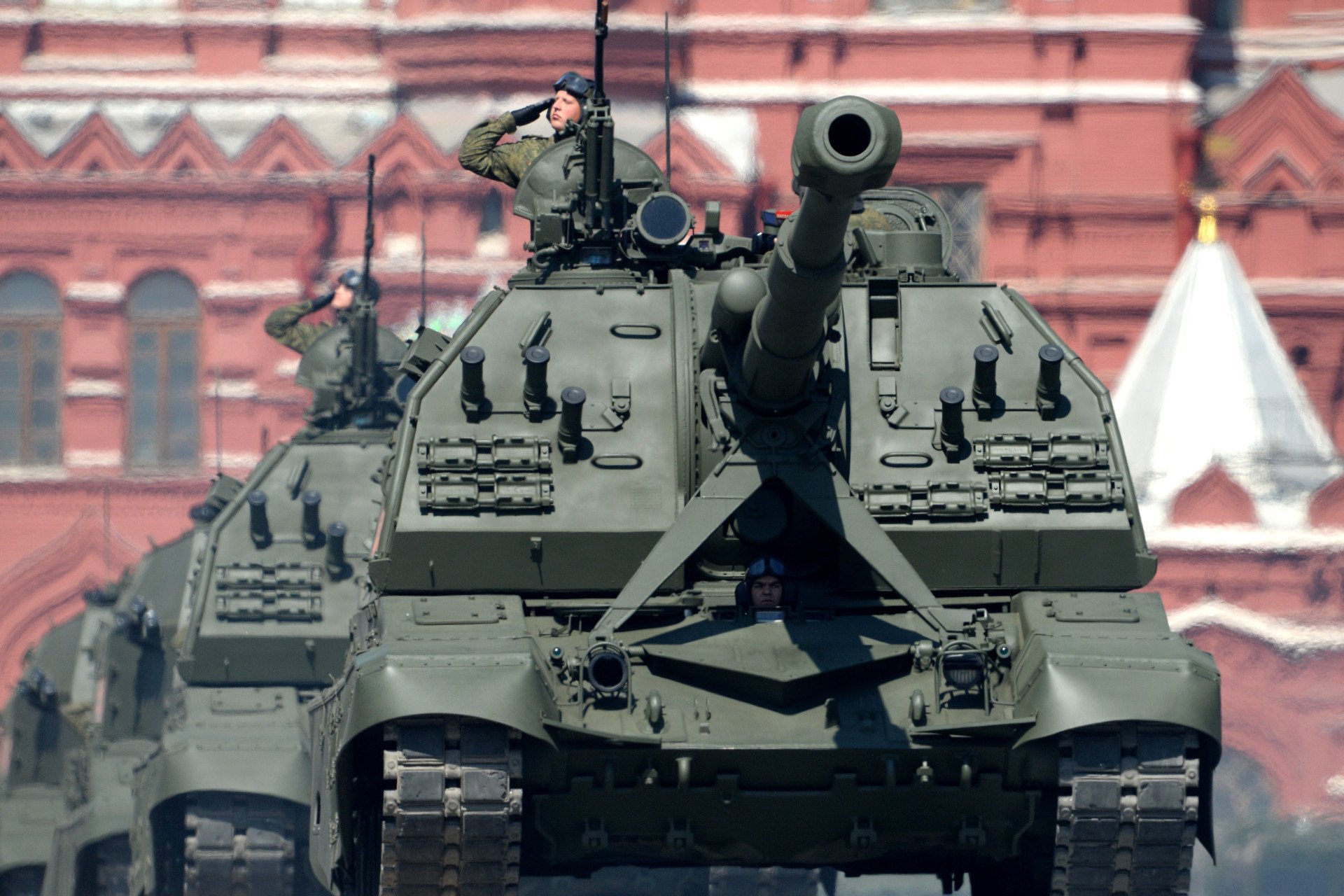
Artillery may still be in short supply, but the methods of replenishing it have changed dramatically. Instead of melting down church bells, Russia is now tapping into its vast stockpiles of Cold War-era weapons.
Like Russia’s tank reserves, its Soviet-era artillery stockpiles are finite. Despite efforts to ramp up production, Russia appears unable to manufacture enough new systems and barrels to meet frontline demands or offset mounting losses, Ukrainian OSINT analyst Illya Bolgarin reported on May 20 via Mezha.Media.
Artillery remains a critical pillar of Russian offensive operations. Understanding Russia’s ability to produce and maintain artillery systems is essential to evaluating its mid- and long-term capabilities—and by extension, its leverage at the negotiating table.
The rise and attrition of Russia’s artillery forces
Although first-person view (FPV) drones have become the dominant strike tool on the front, artillery’s role has not diminished—in fact, it has grown. Artillery now not only provides traditional fire support but is also integrated into a real-time reconnaissance-strike network, delivering precision strikes based on UAV surveillance data.
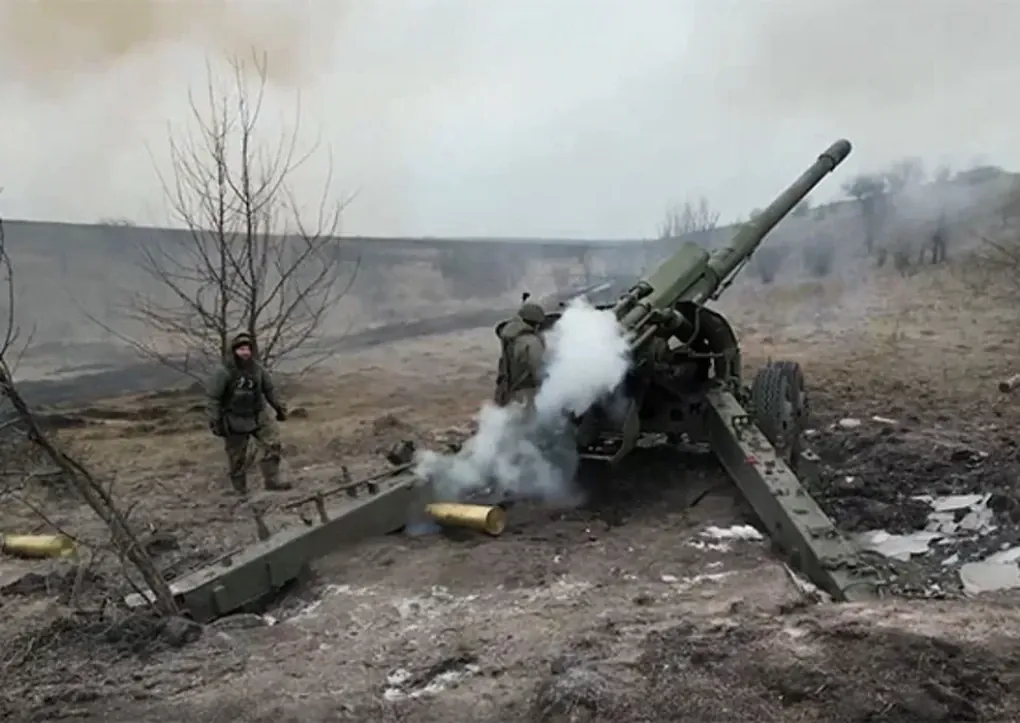
Thanks to its range, power, and all-weather capability, artillery remains indispensable for maintaining fire superiority. Its effective use is vital for both repelling enemy advances and breaking through fortified positions.
Before the full-scale invasion, Russia already possessed one of the world’s largest artillery forces, with approximately 2,500 systems in active service, according to the Military Balance database. Most of these were self-propelled guns designed for rapid redeployment.
By early 2024, the number of operational Russian artillery systems on the front had nearly doubled to over 4,700, according to the UK-based Royal United Services Institute (RUSI).
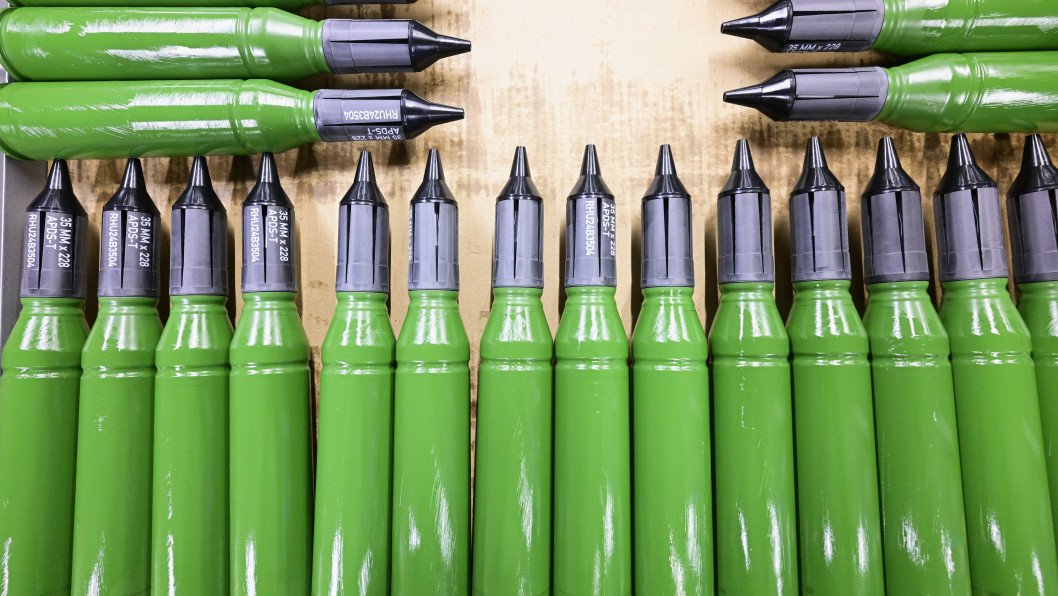
At the height of Russia’s 2024 offensive, its artillery was firing roughly eight times more shells per day than Ukrainian forces. That ratio has since narrowed, thanks to increased Ukrainian ammunition supplies, but Russia still holds a significant advantage.
This firepower superiority enabled Russia to pursue a “fire curtain” strategy—obliterating Ukrainian positions through sheer volume before advancing.
To sustain this doctrine, Russia needs three critical components: functioning artillery systems, spare barrels, and a steady flow of ammunition. It meets these needs not only through domestic production—churning out over two million large-caliber shells annually—but also through arms shipments from North Korea and Iran.
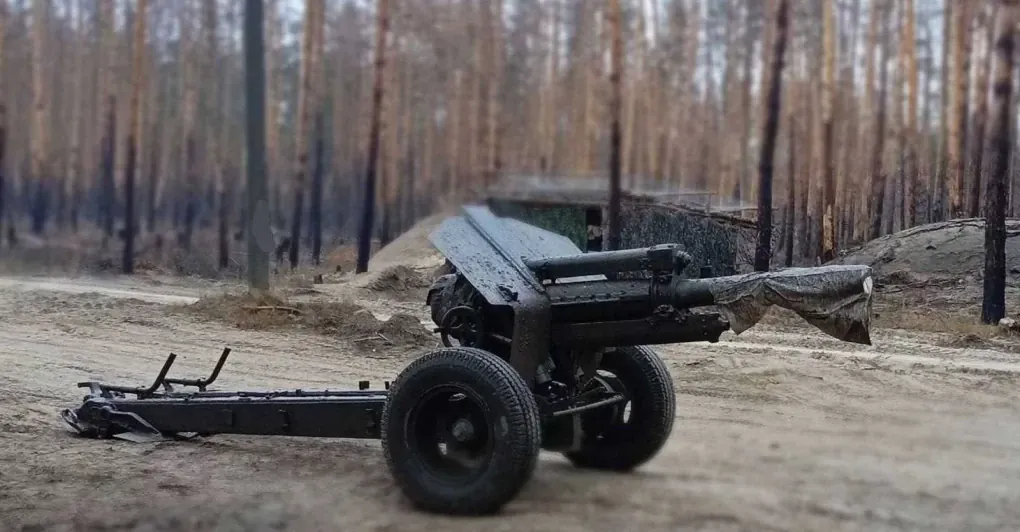
According to Ukraine’s Defense Intelligence Directorate (HUR), Kim Jong Un’s regime delivered over five million large-caliber shells to Russia in 2023 alone. These shipments have allowed Russia to maintain its high rate of artillery fire.
Russia’s strategy to replenish artillery
While Russia has managed to replenish shell stockpiles, the guns themselves have proven harder to replace. To compensate for heavy battlefield losses, the Kremlin has been raiding its Cold War-era storage depots, rapidly reactivating thousands of old howitzers.
Lacking similar reserves, Ukraine has focused on counter-battery warfare—destroying Russian artillery before it can fire. Armed with Western long-range precision systems, surveillance drones, and counter-battery radars, Ukraine has attempted to even the odds through superior accuracy and intelligence.
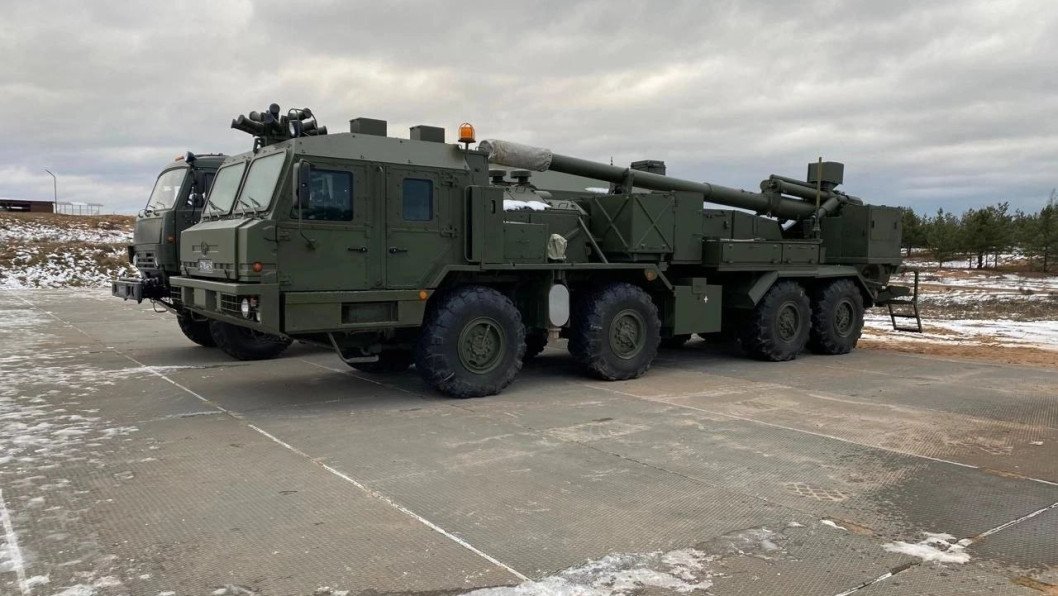
In 2023, Ukrainian forces added FPV drones and heavy quadcopters to their arsenal, making them highly effective tools against Russian artillery positions. In response, Russian troops began adapting: reinforcing defensive positions, improving camouflage, and installing drone countermeasures like wire mesh screens. Still, no solution has proven foolproof.
Facing high losses among its self-propelled artillery, Russia has increasingly turned to towed systems. While less mobile, these guns are cheaper to produce, harder to detect, and better suited to the slow, attritional style of warfare now dominating the front.
Conflicting figures on Russian artillery losses
OSINT group Oryx, which relies on visual evidence, has documented around 1,500 Russian artillery losses to date—both towed and self-propelled. In contrast, Ukraine’s General Staff reports Russian artillery losses at nearly 28,000 units.
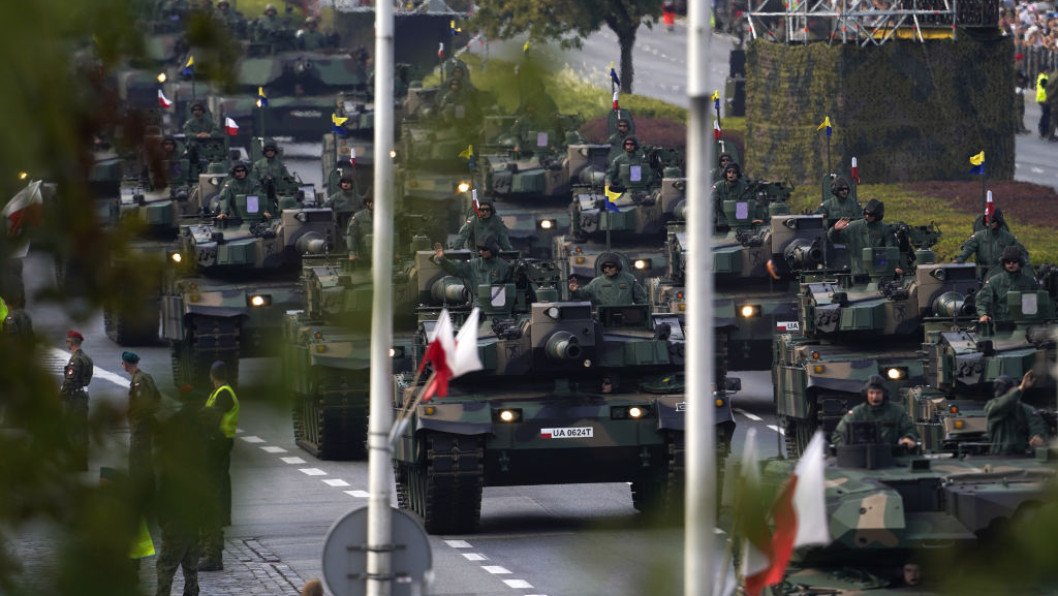
This massive gap is explained by the fact that artillery is often deployed far behind the front lines and heavily camouflaged—hidden in tree lines, dug-in, or covered with camouflage nets—making visual confirmation of destruction much harder than with tanks or armored vehicles.
OSINT platforms like Oryx only count losses that are documented via photo or video.
Ukrainian forces, however, have access to classified intelligence, including drone footage, intercepted communications, and battlefield reports, giving them a more complete picture.
-0fb2ae4b19378976e0bf42d513494bf7.jpg)
Another factor is classification. Ukraine’s military includes mortars in its artillery loss estimates—systems that are much smaller and harder to spot in aerial surveillance footage.
Additional clues come from independent OSINT researchers who purchase satellite imagery to monitor Russian storage depots. Many of these Cold War-era systems are now being moved out of storage en masse—clear evidence of depletion.
According to OSINT analyst Jompy, Russia had 22,367 artillery pieces in storage as of 2022, of which 17,197 were towed. By early 2024, that number had dropped to just 9,325. Given the time elapsed since then, the actual figure is likely even lower today.
At first glance, Russia still appears to have thousands of howitzers in reserve. But not all of them are combat-ready. The more reliable systems have already been retrieved.
What remains are often older, deteriorated, or obsolete—some dating back to World War II—and unsuitable for field use without extensive repairs.
Earlier, reports emerged that Ukrainian forces destroyed 6,186 Russian artillery systems, bringing the total to 19,236 since the beginning of 2024, stated the Commander-in-Chief of the Armed Forces of Ukraine, Oleksandr Syrskyi.
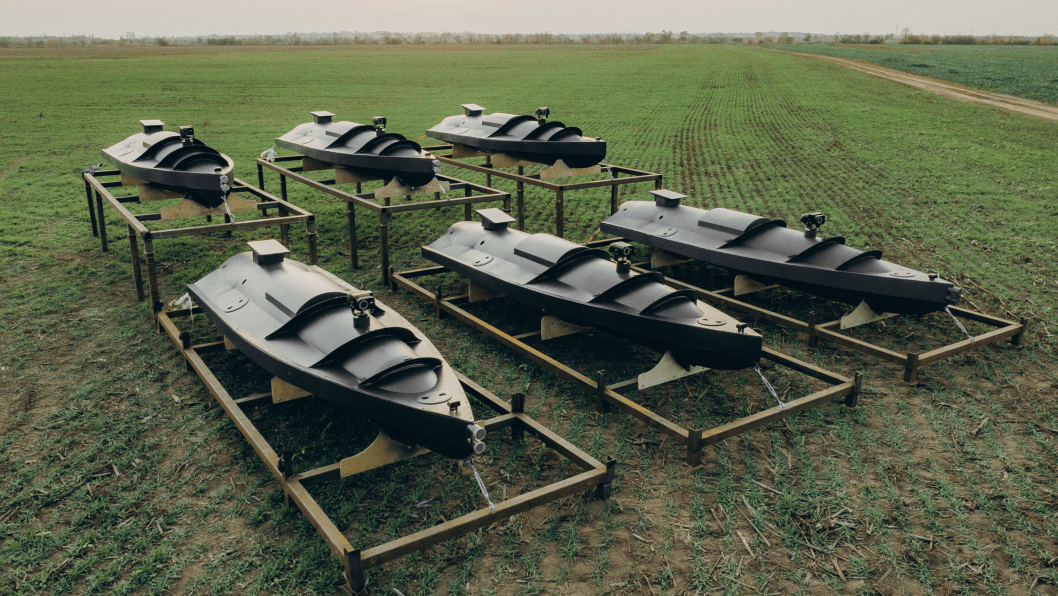

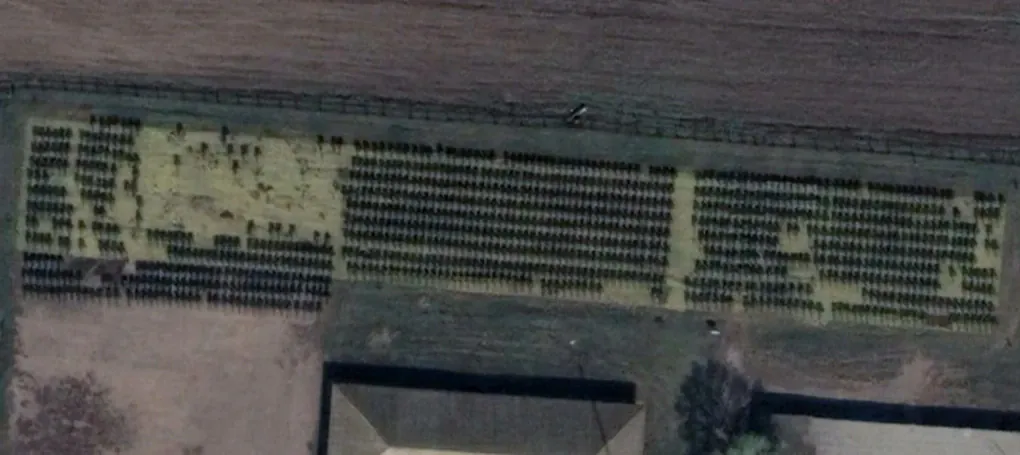
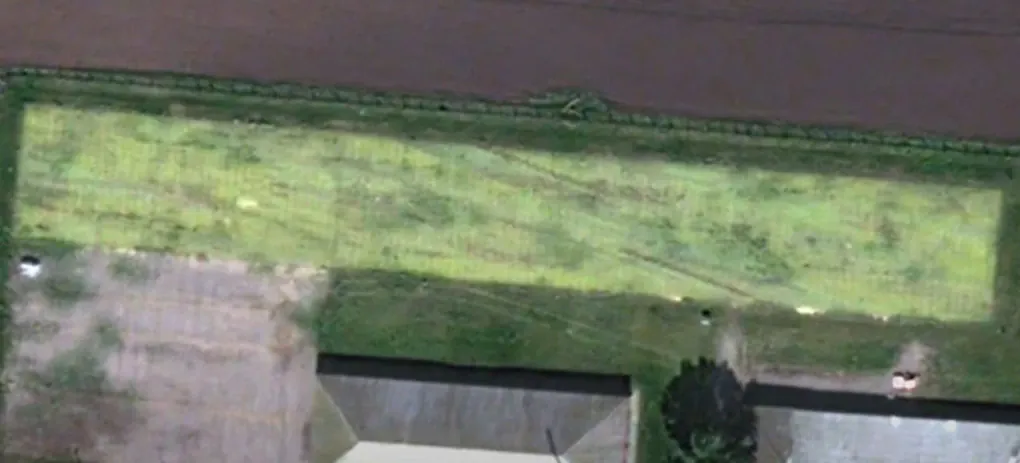
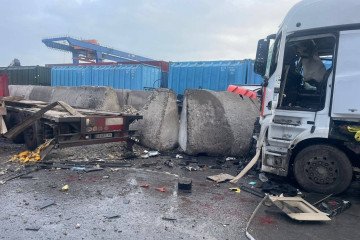
-72b63a4e0c8c475ad81fe3eed3f63729.jpeg)
